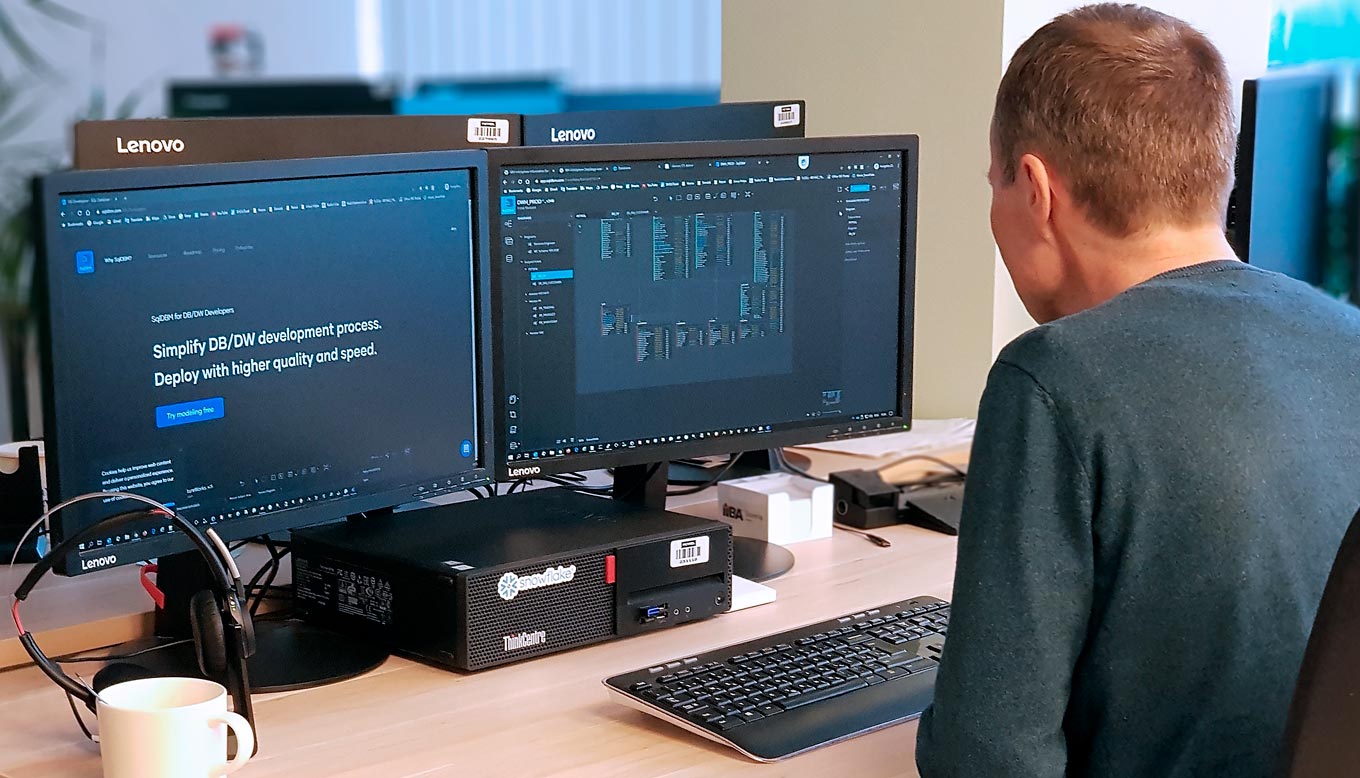Platform
Data Modeling
Develop data models collaboratively in the cloud and share them with your organization in various modeling styles and formats with no coding or conversion required
SqlDBM AI Copilot
Use natural language for data modeling tasks
Model Governance
Create and manage business metadata using a dedicated project role
Snowflake Schema Monitoring
Track and get notified of schema changes in live database environments
Strategic advisors

Kent Graziano
The Data Warrior, Strategic Advisor, Data Vault Master, Author, Speaker, and Tae Kwon Do Grandmaster

Gordon Wong
Leading organizations through analytics transformations, preference for social missions, healthcare, energy, education, and civic engagement
For cloud data platforms
Try modeling now
Why SqlDBM
Data Modeling
Develop data models collaboratively in the cloud and share them with your organization in various modeling styles and formats with no coding or conversion required
SqlDBM AI Copilot
Use natural language for data modeling tasks
Model Governance
Create and manage business metadata using a dedicated project role
Snowflake Schema Monitoring
Track and get notified of schema changes in live database environments





